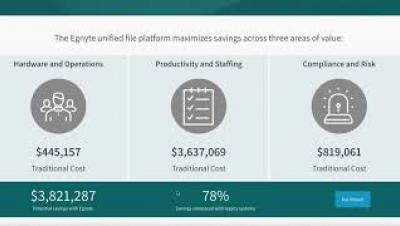Security | Threat Detection | Cyberattacks | DevSecOps | Compliance
%term
Malware Detection: Protecting your reputation and financial bottom line one transaction at a time
While major, multi-million dollar man-in-the-middle attacks have remained under the radar in recent months, spear phishing and social engineering attacks are on the rise as fraudsters continue to take advantage of the uncertainty surrounding COVID-19.
WarXing in Cyber Security
Warcarting, war dialing, wartoothing, wardriving, wartransit… Also known as NetStumbling or WILDing, WarXing is a search of Wi-Fi networks. Keep reading to learn more! In our hyper connected world, an active and stable internet connection is akin to oxygen. Our smartphones, tablets, computers and even smart watches need internet connection to fulfil the entirety of their functions.
Five reasons to consider outsourcing your organisation's cyber security
This issue has been compounded in recent months due to the impact of COVID-19 on IT and security spending. Research by Gartner suggests that worldwide expenditure on information security and risk management technology and services is due to increase by only 2.4% in 2020 – significantly less than the 8.7% growth originally anticipated. To be effective, cyber security requires not only technology but the skilled security experts and threat intelligence to leverage it.
Everything You Wanted to Know About Open Source Attribution Reports
Open source components are a major part of the software products we create and use. Along with the many advantages that using open source projects brings to software development organizations, it also comes with obligations and added responsibilities. One of these requirements is open source licensing compliance.
Appknox Webinar - Unlocking the Secrets of API Security
Egnyte TCO Calculator
Bridging the Gap Between Designers and Developers
Designing software is tough. Whether you’re a designer, a product manager, or an engineer, we all play a major role in what the end user gets their hands on. Perhaps one of the most critical pieces on the journey to making great software is the relationship between designers and developers. When software is done right, it’s easy, intuitive, and a joy to use. This is no accident - it’s very intentional and it often takes countless iterations to get products to look and feel great.
Lifting The Veil Of The Dark Web
Politician Amongst Those Who Had Their Direct Messages Accessed During Twitter Hack
More information has emerged related to last week’s attack which saw a number of high profile Twitter accounts hijacked for the purposes of spreading a cryptocurrency scam. Twitter has already said that 130 Twitter accounts were targeted by hackers, using tools that should only have been available to the site’s internal support team.











